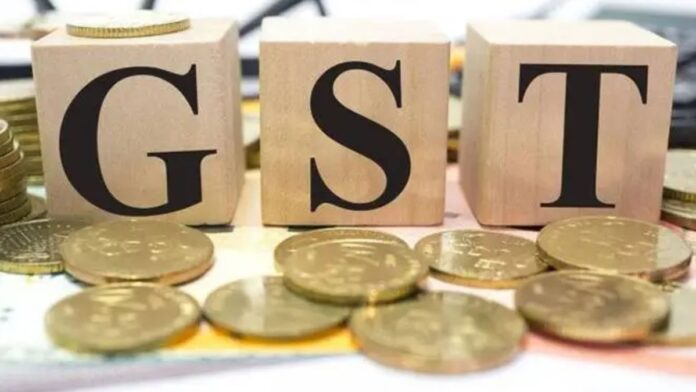Leading tax expert Ajay Rotti on Saturday welcomed the government’s plan to overhaul the Goods and Services Tax (GST) structure, primarily into two tax slabs of 5 per cent and 18 per cent.
How does the government plan to reform the pre-existing tax slab structure?
The Central Government has mulled reducing the current four-slab structure into two primary rates, 5 per cent and 18 per cent, while introducing a special 40 per cent slab for luxury and sin goods.
Around 99 per cent of items currently taxed at 12 per cent are expected to shift to the 5 per cent bracket, while 90 per cent of goods in the 28 per cent slab, including white goods, will move to 18 per cent.
ALSO READModi’s I-Day Bonanza: Govt proposes to lower tax on daily-use goods from 12% to 5% What did Ajay Rotti say?
In an interaction with IANS, Rotti called Prime Minister Narendra Modi’s Independence Day remarks on GST reforms, especially on rate rationalisation, “timely and much-needed”.
“When GST was introduced, it adopted multiple rates: 5 per cent, 12 per cent, 18 per cent, and 28 per cent– to achieve a revenue-neutral rate, as states were relinquishing VAT, octroi, and other taxes. This design was not suitable for the long term,” Rotti said.
ALSO READNew Tax Regime twist: Rs 12 lakh annual income is not always tax-free – Know why
“The original vision included two main rates, such as a lower rate to encourage certain goods and support small businesses, and a standard rate, with a higher rate applied only to sin goods as an exception,” he added.
The likely new structure will feature two major slabs: 5 per cent and 18 per cent, along with a 40 per cent rate for sin goods. The 12 per cent slab may merge with the 5 per cent slab, potentially benefiting the common man.
Everyday essentials and goods such as packed nuts, packaged food, butter, umbrellas, and sewing machines may see a tax reduction from 12 per cent to 5 per cent.
Rotti also welcomed S&P’s positive outlook on India’s sovereign rating and its stable GDP growth projection of 6.5 per cent. “This reflects economic resilience despite global challenges. The US tariffs have a minimal impact on India’s economy,
» Read More


